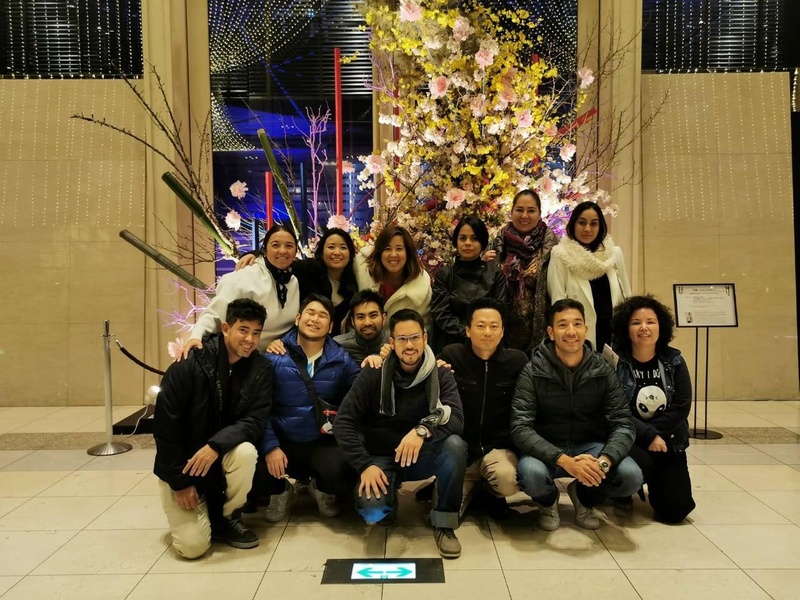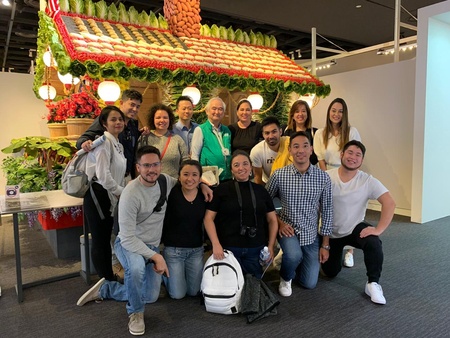The Nobel Prize in Literature, established in 1901, was only awarded in seven years throughout its history, always due to world war conflicts. The first time the award was vacated, in 1914, it probably would have gone to the Japanese Natsume Soseki.
Soseki, the image of the 1000 yen banknotes between 1984 and 2019 and a mandatory subject of study in Japanese secondary schools, wrote his most transcendental work in 1914: Kokoro . The book tells the story of a subtle friendship between two nameless characters, a young man and an enigmatic old man known as “sensei.”
In the preamble to Kokoro , the Spanish Fernando Cordobés –translator of Soseki, Haruki Murakami and Kenzaburo Oe, among others– focused little on the definition of the word that bears the title of the novel. Comment that in the Hakusuisha edition of the modern Spanish dictionary, the definition of “ kokoro ” says: “Heart, mind, soul, spirit, thought…”. According to Cordobés, “it is, therefore, a concept that is difficult to translate that non-native Japanese speakers must resign themselves to only half understanding, no matter how hard we try to unravel the complexity of a term that fits like a glove. to a peculiar way that the Japanese have of understanding the world: curious, apparently simple, ambiguous, but deep down very elusive.”
“' Kokoro ' –Cordobés continues– is one of those environmental terms that imply a certain atmosphere, a specific sensitivity. Concepts such as ' kokoro ' for the Japanese, 'saudade' for the Brazilians and Portuguese or 'huzün' for the Turks, to name a few that imply feeling, melancholy, beauty in one of its most suggestive forms, should be incorporated along with everything that the rest of the languages carry to enrich them. How to achieve it? “It doesn't seem like there are many paths outside of literature.”
The Spanish adds that translating the title of the novel as some old editions in English did to “ The Heart ” (“The heart”) or “Le pauvre coeur des hommes” (“The poor heart of men”), in the case of the French, “it offers an interpretation, without a doubt, but it eliminates the nuances and reduces the imprecision of a very broad term with which many things can be understood.”
Something similar happens with another term that crosses us. According to Wikipedia, “Nikkei” (日系) is the name given to emigrants of Japanese origin and especially their descendants. Specifically, immigrants born in Japan are called “issei,” the children of Japanese parents “nisei,” the grandchildren “sansei,” the great-grandchildren “yonsei,” and the great-great-grandchildren of immigrants born abroad “gosei.”
However, the definition is also reductionist. “Nikkei” fits within the group of concepts that Cordobés defines as “environmentalist.” Attempts to explain it do not clarify it but rather limit it and its capacity for expression and extension are diminished. Being “Nikkei” is not confined to lineage. It is an identity trait linked to a series of specific sensitivities that may or may not be present in the blood. It is a way of seeing the world and a way of feeling challenged. It is “ kokoro ” at its finest.
There are two ways to live more lives than one is assigned: one is to read, the other is to travel. In the history of our construction, the second has an inescapable magnitude because it has a double implication. In the beginning because our ancestors went halfway around the world in search of satisfying fears and feeding hopes, to silence hunger and shout prosperity in a land much more unknown than promised. Latin America and its open veins for Japan.
The other implication occurred during and still occurs at this time. The dream of returning that many immigrants could not fulfill mutated into the need for progress on the part of the Nikkei who chose to return to the land of their origins in search of work and thus the “dekasegis” (“go out to earn money”) were born. according to etymology) and designated for any person who leaves his or her homeland to work, temporarily, in another region. Which for us is a return to the sources.
This double-handed bridge made with laborious, worn and narrowed hands is very present in Japan and Latin American Nikkeis make us feel it all the time. On the first day of my recent trip, during my presentation at the Cultural Dissemination Program of Japan organized by the Ministry of Foreign Affairs of that country, I said something that fortunately I was able to confirm throughout my stay: that I was nostalgic for a place in the one who had never been there. That I felt strange precisely for not feeling strange despite it being my first experience in that land. Then I learned that the same thing was happening to all of us: an unusual comfort and a recurring perception of having already been there and having been there in another time.
© 2021 Carlos Arasaki




